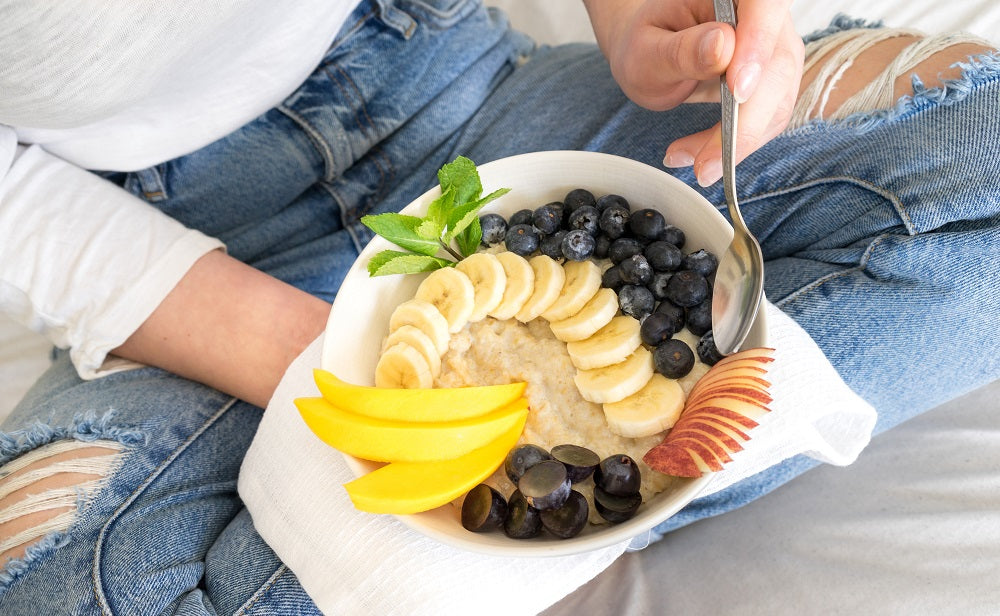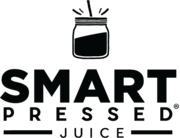Your Cart is Empty
Free shipping on Orders $79+
Free shipping on Orders $79+
Explore

The Ultimate Guide to Clean Eating
May 22, 2020 6 min read
You’ve likely heard the term “clean eating” one way or another by now. It’s become quite the trend, but what exactly is it and why should you care?
After all, how can eating be clean? Does that mean dirty eating is a thing? Well, for starters, clean eating has nothing to do with washing your fruits and vegetables - though that is advisable.
In short, clean eating is a diet pattern that focuses on whole foods. Though clean eating is popular - arecent study pegged it as the most widely followed diet by Americans - it’s not always easy.
If you’re new to the idea of clean eating - or you’re concerned you’re not getting the most out of it - you’ll love this guide!
What Is Clean Eating?
Truth be told, clean eating is more of a lifestyle than a diet. Certified nutritionist Annie Vonheim describes it as a holistic approach to maintaining a diet by always selecting high-quality foods that are fresh and less processed.
Everyone may interpret or define these guidelines in their own ways, but the philosophy behind clean eating is that eating properly is the most important investment you can make for your health each day. You can't eat well if you're not eating clean.
To be more descriptive, clean eating is about choosing whole foods and ingredients, as well as foods that are minimally processed or free of additives. Additionally, clean eating means avoiding foods with preservatives and pesticides, added synthetic chemicals, and artificial ingredients.
While this may seem daunting, the clean eating lifestyle is meant to be affirming instead of punishing. Think of it as a roadmap you can use to guide your health choices instead of a strict diet or tool. As long as you take the time to assess your food options in a positive manner, you'll be on the right track.
Tips for Maintaining a Clean Diet
Knowing what constitutes a clean eating lifestyle is easier than living it out on a daily basis. If you want to make healthier decisions for yourself, it’s important to stay informed. That way, you can make more intelligent decisions. Consider these tips before you get started:
1. Start Reading Labels
If you don’t already do this, it’s a great idea to start. Clean eating may be based on whole foods, but that doesn't mean you can't or shouldn't eat certain types of packaged foods. But even with packaged vegetables, meats, and nuts, it's super important to read the labels before buying. Make sure they are free of added sugars, unhealthy fats, and preservatives.
For example, you might want to save some time by picking up a pre-washed salad mix. But did you know they may harbor additives, especially in the salad dressing that's often included?
It might make your shopping trips a bit longer at first, but it can help you identify tasty food items that fit in with your clean eating lifestyle.
2. Eliminate Refined Carbs
White flour, white rice, white bread, and other refined carbs are not only highly processed foods but they also provide next to no nutritional value. Additionally, refined carbs have been linked to obesity, inflammation, and other health issues.
Instead, try focusing on whole grain alternatives that offer significantly more nutrients and fiber. Whole grains even reduce inflammation and ensure bettergut health.
The health benefits of whole grains are clear, which should be very appealing to anyone trying to get started with clean eating. It all comes down to choosing the least processed options available.
3. Cut Back on Spreads and Vegetable Oils
Unfortunately, margarine and vegetable oils don't meet the requirements of a clean eating diet. Both are created through chemical extraction, so they are highly processed. Additionally, oils sometimes contain high levels of linoleic acid, an omega-6 fat. Linoleic acid has been known to increase inflammation and even raise your risk of heart disease or weight gain.
While clean eating discourages the consumption of vegetable oils, margarine, and other spreads, you should still make sure to consume some healthy fats. Try incorporating avocados, nuts, and fatty fish into your diet. If all else fails and you can't completely swear off vegetable oil, consider olive oil.
4. Halt Sugar Intake
While sugar is found naturally in plenty of whole foods, it’s also commonly added to food items to help them taste better. When trying to eat clean, it’s important to try and avoid added sugars as much as possible.
This is another reason why reading labels is so useful. Added sugar is so common that you'll even find it in foods that don't taste very sweet, like condiments or sauces.
Sugar plays a role in a wide variety of health problems, so it’s best to avoid it wherever possible. Instead, eat foods in their natural state. Cutting down on your sugar intake will help you appreciate the sweetness of certain fruits and other subtle flavors of whole foods.
5. Make Ingredient Substitutions
If you have some recipes you truly adore that don't fit within the guidelines of clean eating, why not make some substitutions? Cauliflower is a popular substitute, for example. It can be mashed like potatoes, used to create a pizza crust, or even chopped to replace rice.
If you’re interested in some more recipe substitution ideas, check out our blog:7 Ways to Sneak Vegetables into Your Diet
6. Start with a Cleanse
Any time you begin tinkering with your diet, it's a good idea to start with a juice cleanse. Clean eating and juice cleanses go hand-in-hand, so this really is the perfect way to refresh your body.
The SMART Pressed Juice3-Day Cleanse is perfect for this. Our proven system is simple, easy to follow, and the juices and clean meals are perfectly balanced to set you on the path to healthy weight loss and better energy levels.
Download Our Free Clean Meal Guide
Access our exclusive Clean Meal Guide to learn how easy it is to start eating clean:
Bonus Clean Meal Recipe: Potato and Kale Enchiladas with Roasted Fresh Chile Sauce
To help you get started with your clean eating journey, here’s one of our exclusive clean meal recipes!
Ingredients
Enchilada Sauce
- 2 T olive oil
- 1 yellow onion, diced
- 3 large green chiles, roasted and chopped.
- 2 tsp chile powder
- 1 1/2 tsp cumin
- 1 tsp oregano
- 1 can diced tomatoes (28 oz)
- 1 tsp organic sugar
- 1 1/2 tsp salt
Potato Kale Filling
- 1 lb potatoes
- 3 T olive oil
- 4 cloves garlic, diced
- 1/2 lb kale
- 1/2 tsp cumin
- 1/4 cup vegetable broth
- 3 T lime juice
- 1/4 cup toasted pepitas, chopped
- 1 1/2 tsp salt
- 12 corn tortillas
Instructions
In a large saucepan, saute the onion in oil for 2 minutes and then add the remaining sauce ingredients and bring to a mild simmer for 10 minutes. Turn off the heat and let it sit until it’s cool enough to puree in a blender. For the filling, peel and dice the potatoes and place them in a large pot with salted water and simmer for 12 minutes or until fork-tender.
Drain and then use the saucepan to heat the garlic in oil for 30 seconds, then add the kale and cook for an additional 4 minutes on low heat. Mix all the ingredients together and then begin mashing the potatoes. Cook another 3 minutes or until the broth has absorbed. Then ladle into the tortillas and bake in a casserole dish at 375 degrees for 25 minutes.
Check out more exclusive clean meal recipes.
For more SMART lifestyle tips like this, visitwww.smartpressedjuice.com and follow us onInstagram andTwitter, or like us onFacebook. You can also visit ourAmazon store to stock up on our delicious juices.
Statements made on this website have not been evaluated by the U.S. Food and Drug Administration. Information provided by this website or this company is not a substitute for direct, individual medical treatment or advice. It is the responsibility of you and your healthcare providers to make all decisions regarding your health. We recommend that you consult with your healthcare providers regarding the diagnosis and treatment of any disease or condition. Products sold on this website are not intended to diagnose, treat, cure, or prevent any disease.
{"themeColor":"#574CD5","iconColor":"#574CD5","showLogo":true,"topBottomPosition":10,"rightLeftPosition":10,"iconSize":"small","iconCustomSize":64,"position":"bottom-left"}


